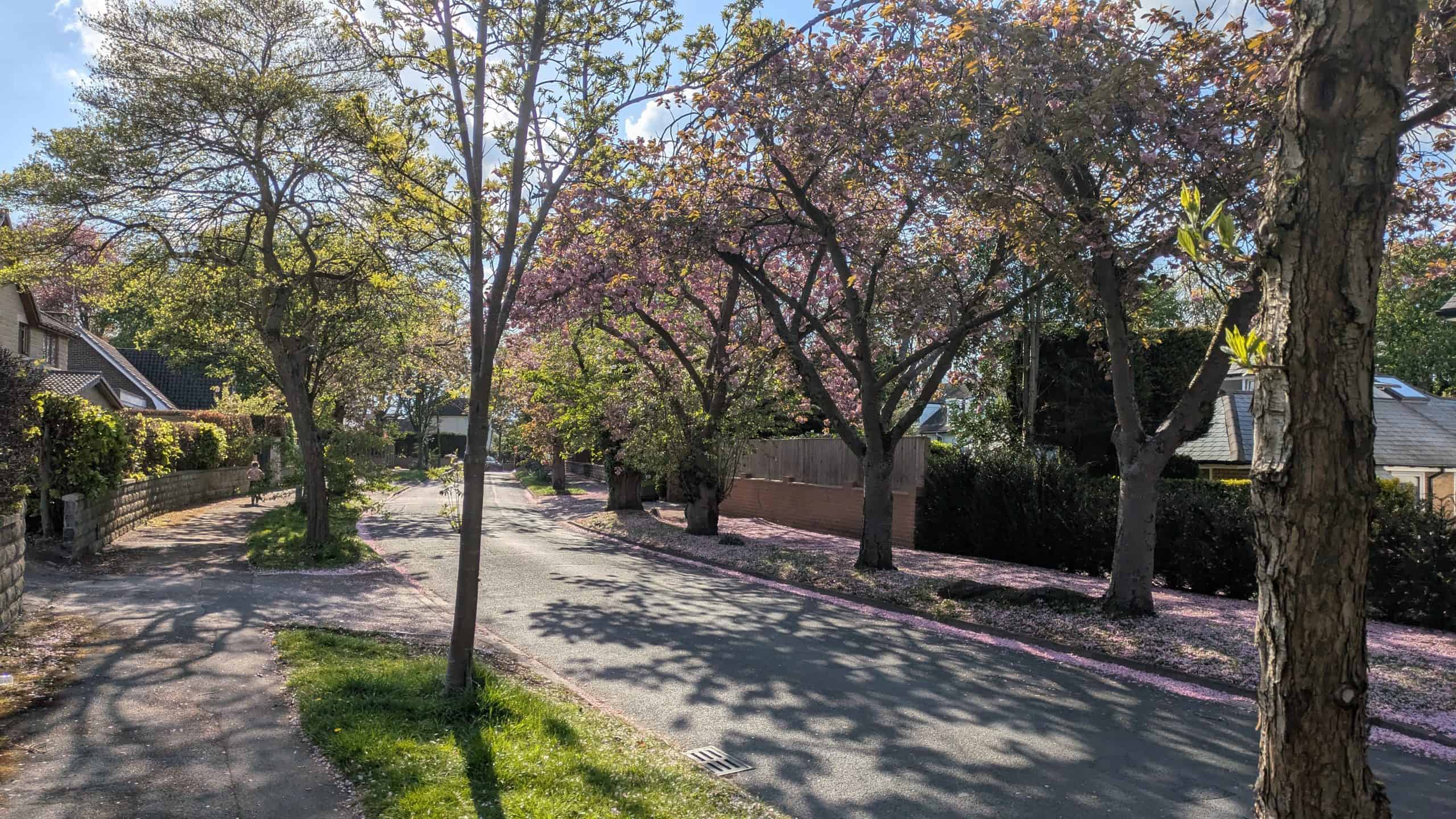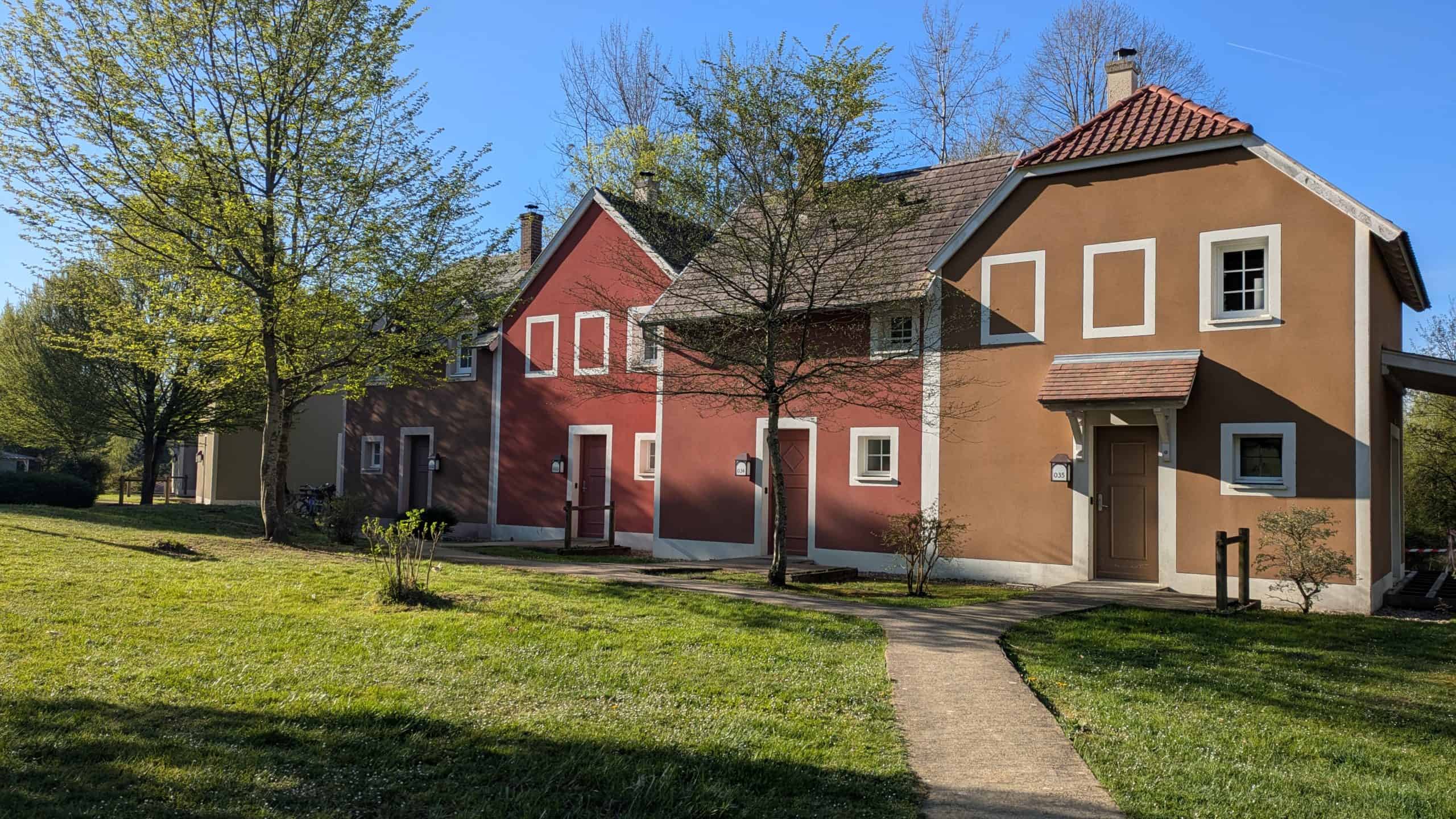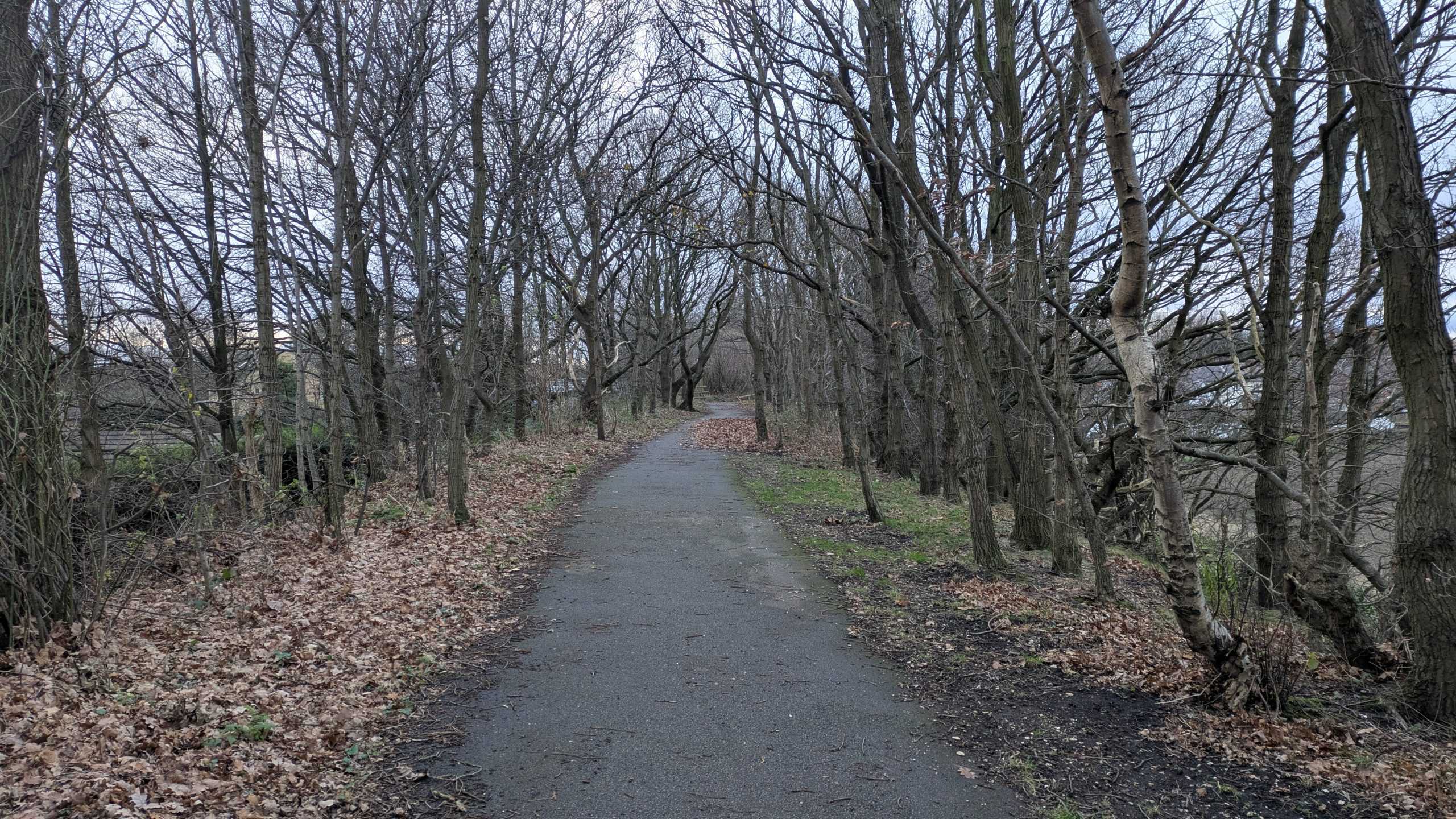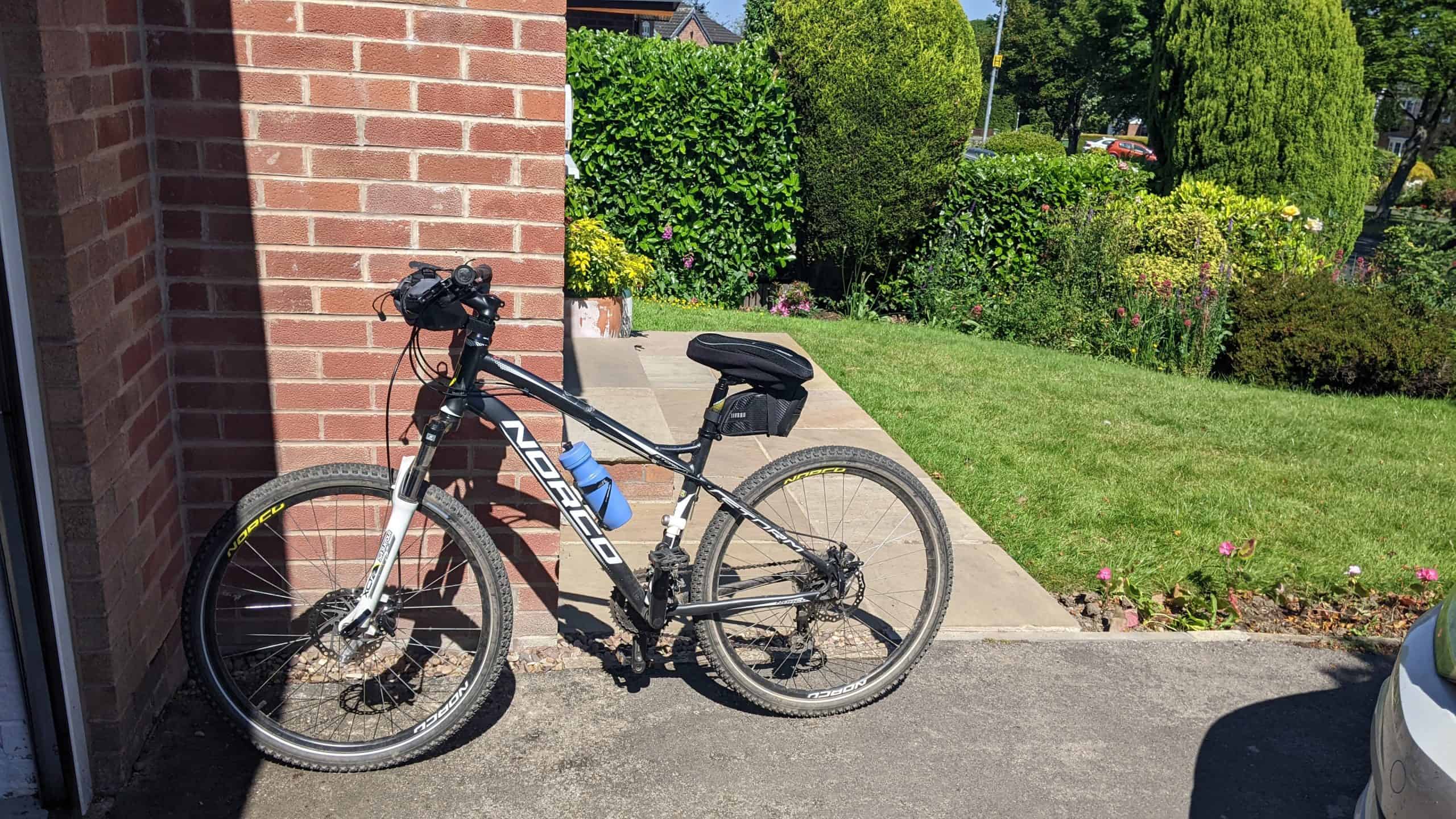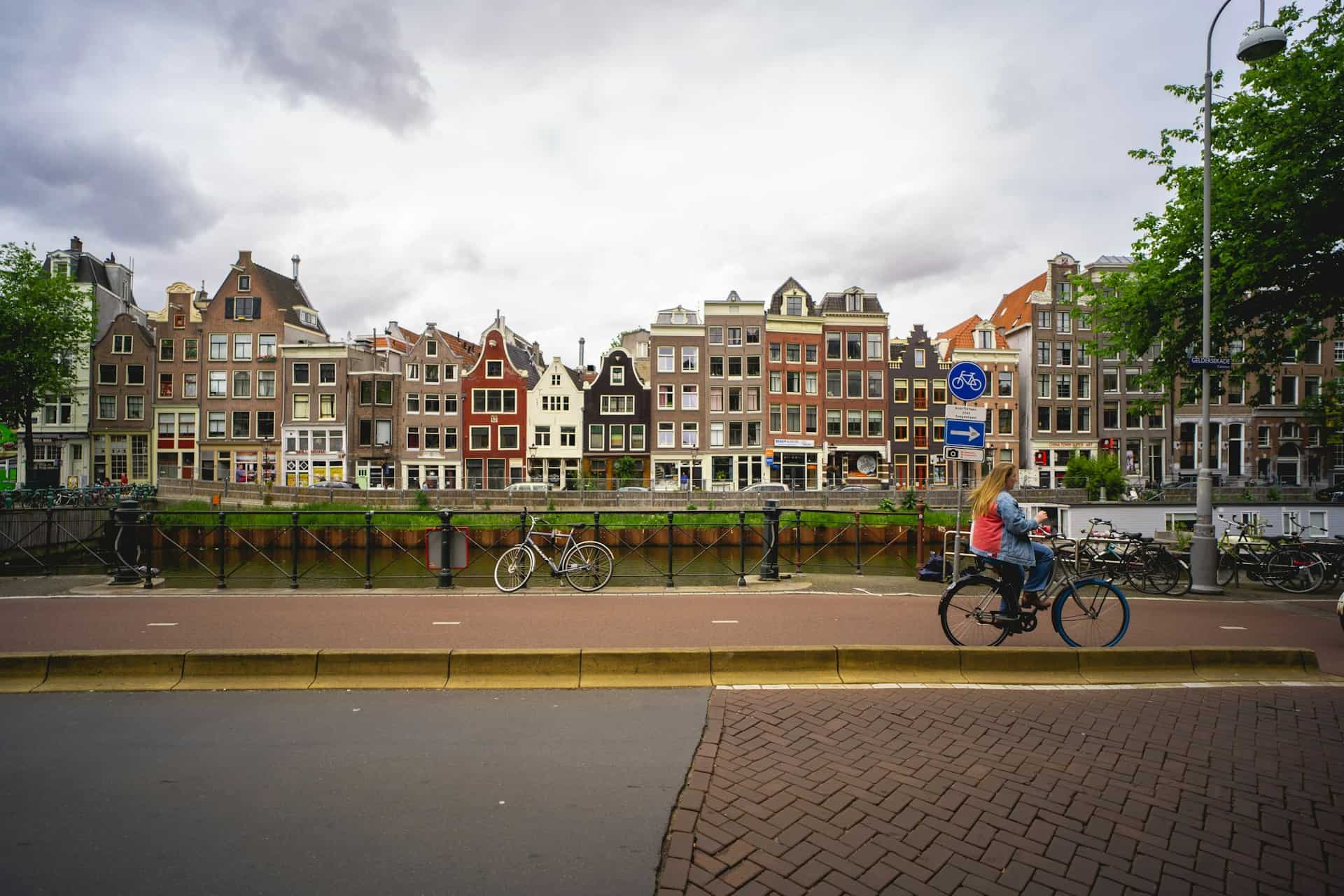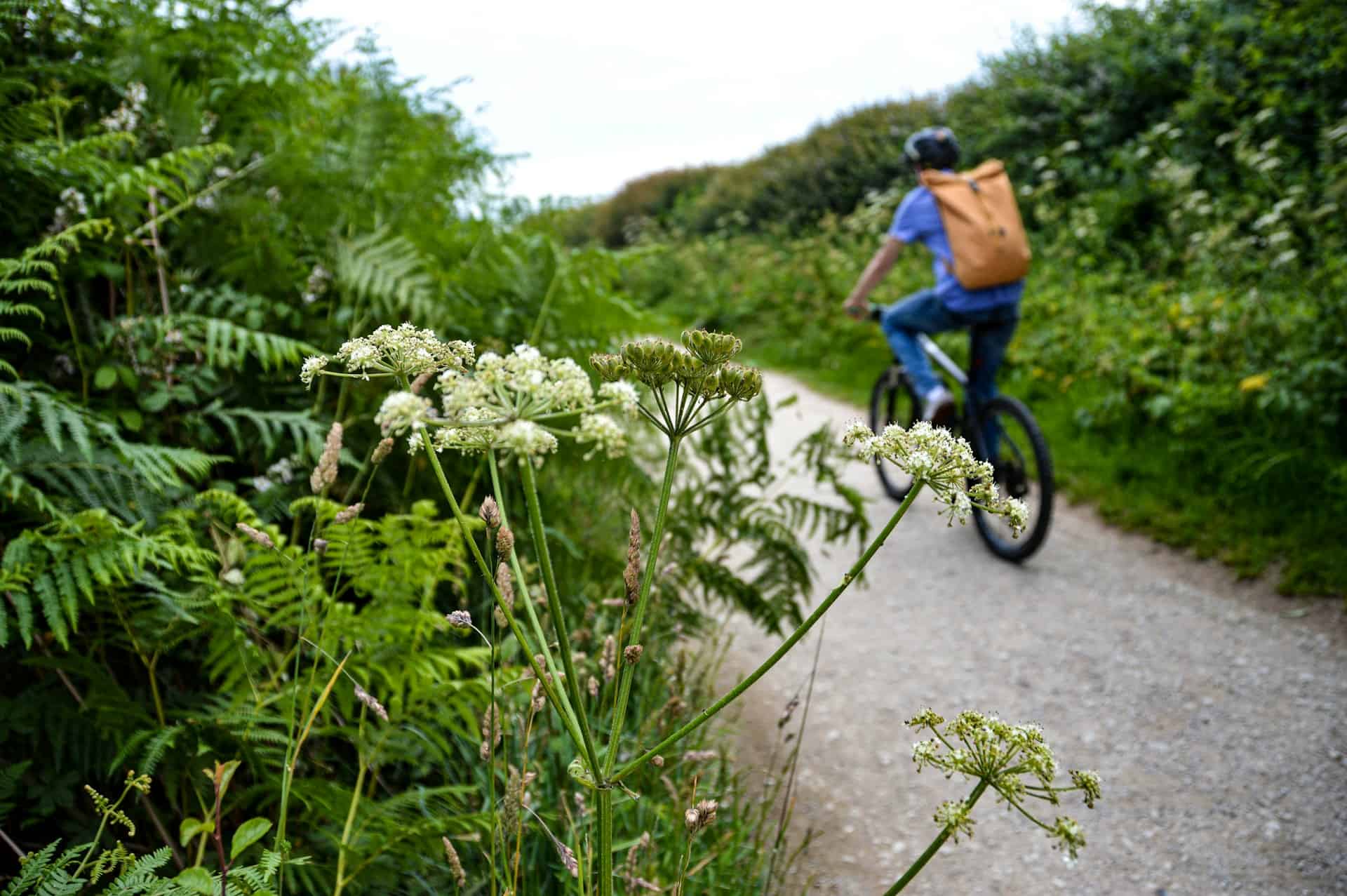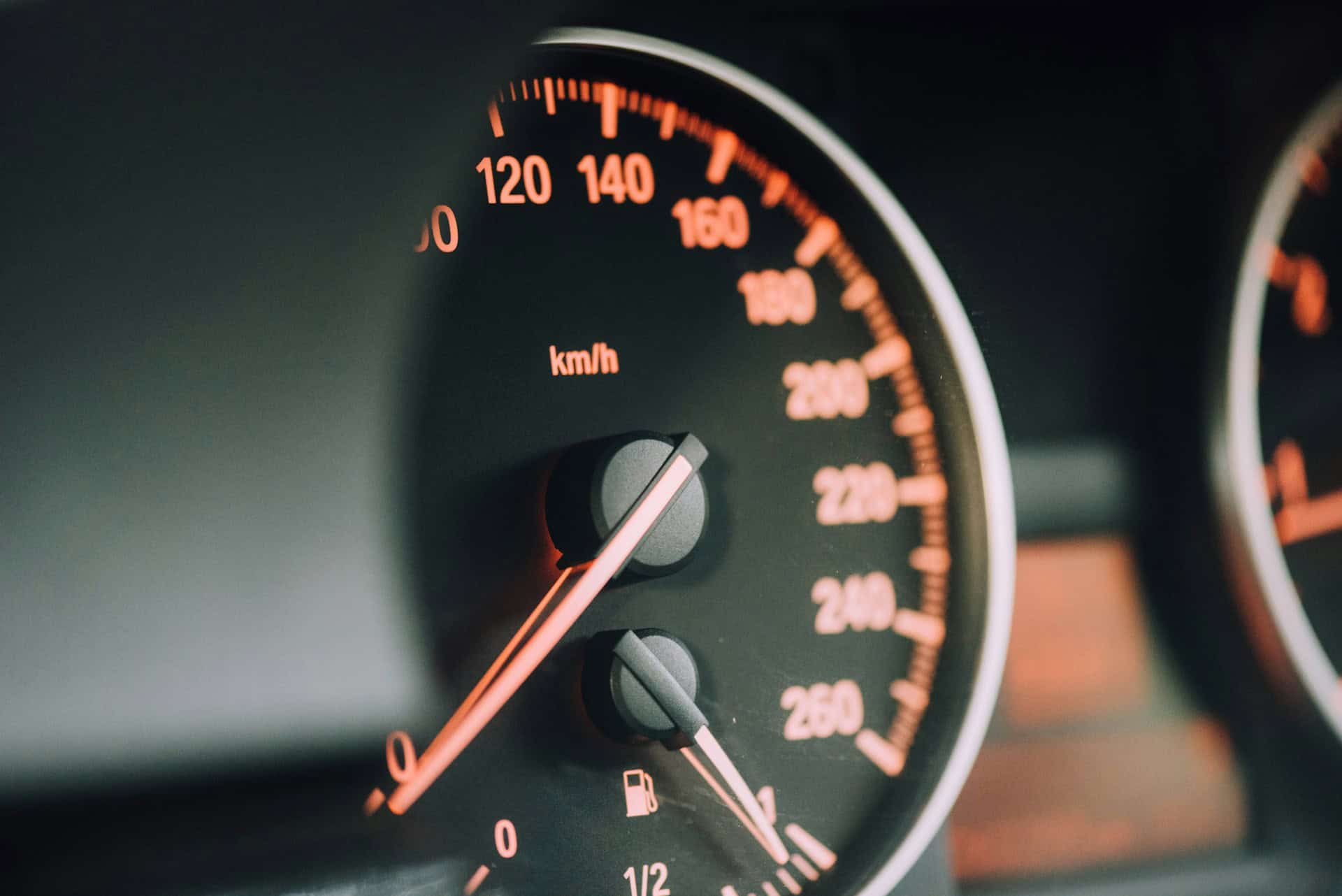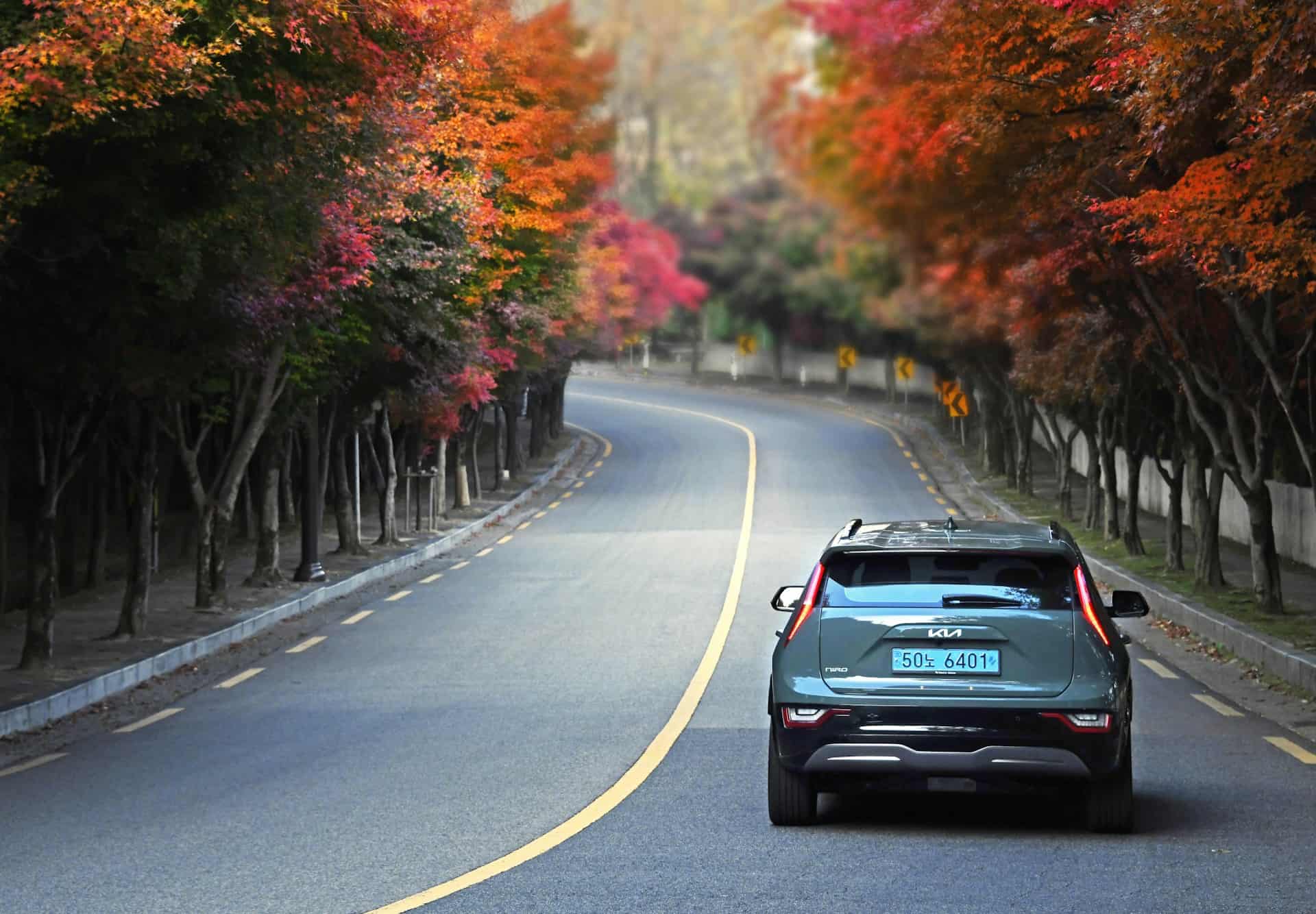We’re often told that to stay healthy, we need to hit the gym, attend spin classes, or sign up for some big challenge. None of these things are wrong. We are huge advocates of all sorts of exercise, but what if we told you that simply going about your day, whether that’s walking to school, tidying up toys, or mowing the lawn, could play a huge part in keeping you and your family healthy?
This is where NEAT comes in. And no, it’s not just about keeping the house tidy (although that helps too!). NEAT stands for Non-Exercise Activity Thermogenesis. In simple terms, it’s the energy your body burns through all the day-to-day activities that aren’t formal exercise, eating or sleeping. It’s the steps you take while walking the kids to school, the calories you burn while carrying shopping, or even the movements involved in dancing around the kitchen making tea. Yes, it sounds a little cheesy, but making some subtle changes to your routine can reap a whole host of benefits.
In this post, we’ll explore what NEAT is, why it’s so important for families, and how you can start building more of it into your day, especially with a cycling slant (because that’s our thing!)
We’ll also look at how it benefits children and how modelling these habits creates healthier, more active lifestyles for the whole family.
Hello. I am Ryan and along with my wife Beth and our two children Matilda and Barney, we love all things cycling and exploring. We spend our weekends exploring fun places to cycle and discover and wanted to help other people do the same too. There’s no better way to travel than via bike and it’s an amazing activity for the whole family to enjoy.


